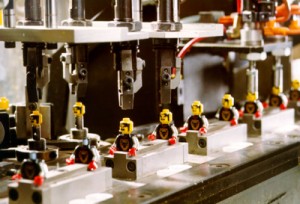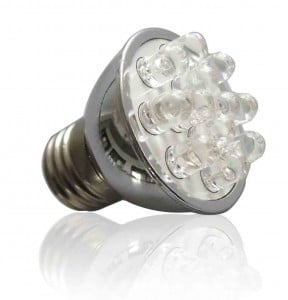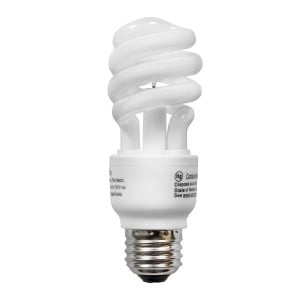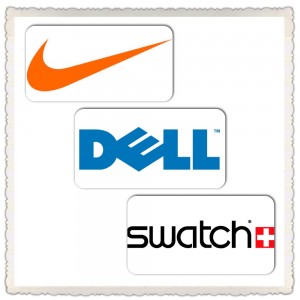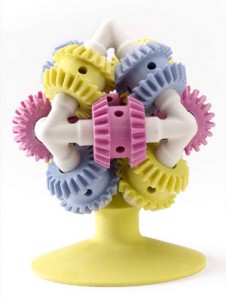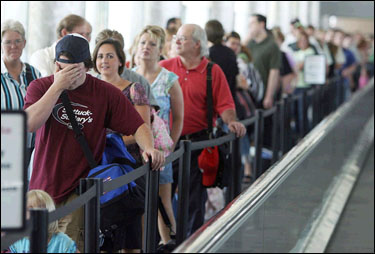Spirit Airlines is an American airline company that is known for having low-cost flights. The company is more concerned about the prices they give out rather than the complaints they are receiving. Spirit has been acquring their fair share of criticism from customers and the media. A survey was made of some 16,000 customer ratings and Spirit Airlines was among the bottom of the list for flying in America. “That report did not ask the one big question of who offers the best prices. And hands down, the No. 1 thing we’re told by our customers is that the price matters,” says Spirit spokeswoman Misty Pinson. Let’s be honest, would you complain about a flight that is two and a half hours long and only cost 75 bucks?
 The company strives to make the price for flights as low as possible. They have an average base price of only 79 dollars. One thing that customers hate about Spirit Airlines is the fact that they charge fees before and during the flights to passengers. These fees can add up to be 40 to 50 dollars for the majority of customers. Spirit Airlines does not even offer a free cup of water or have a video system while the passengers are in flight. There is not much leg room either so you are cramped, regardless of how short you are.
The company strives to make the price for flights as low as possible. They have an average base price of only 79 dollars. One thing that customers hate about Spirit Airlines is the fact that they charge fees before and during the flights to passengers. These fees can add up to be 40 to 50 dollars for the majority of customers. Spirit Airlines does not even offer a free cup of water or have a video system while the passengers are in flight. There is not much leg room either so you are cramped, regardless of how short you are.
The airline company believes that is what the Spirit customers want when it comes to this airline business. Spirit believes they have travelers who would most likely be getting a bus seat if their airline service was not available. The Chief Executive Officer Ben Baldanza says, “Well, what we say is that we care about what our customers care about, which is price, and one of the things that Consumer Reports survey didn’t ask is where do you get the lowest fare? And so they asked about leg room, and they asked about check-in, and they asked about bag fees, and things like that. But the total price that customers pay on Spirit Airlines is less than they pay on anyone else, and that’s why they love us.”
Spirit Airline company should not be upset by all the criticism coming their way. Spirit is a very solid business as their sales rose 23 percent in just the past quarter. The planes are fuller than the rest of the other airline companies. The company has a rate of 85.1 percent in the first quarter of 2013 when it comes to flights being full. That makes the company really profitable as they move forward.
The airline company still gets a lot of negative feedback from the press even when they are succeeding. So, is it fair that Spirit Airlines is getting this terrible assessment from the media when they are making profits and almost all of their flights are full? Does the base price really trump all the niceties that other airlines offer?Or should management try to improve their baggage fees and legroom in the flights in order to please the customers more?
Links:
http://www.businessweek.com/articles/2013-05-23/spirit-airlines-doesnt-care-if-you-hate-it
http://money.cnn.com/2012/05/03/news/companies/spirit-airlines-fees/index.htm
